I'm a Hawaii local. Here are 6 things visitors can do to be more responsible tourists.
Sarah Etinas

- The millions of visitors who flock to Hawaii every year can cause harm to the islands.
- Visiors should do their research and respect animals and the sea to be more responsible tourists.
As someone who has lived in Hawaii for essentially my whole life, I've seen first-hand the many ways that tourists can harm or help the islands.
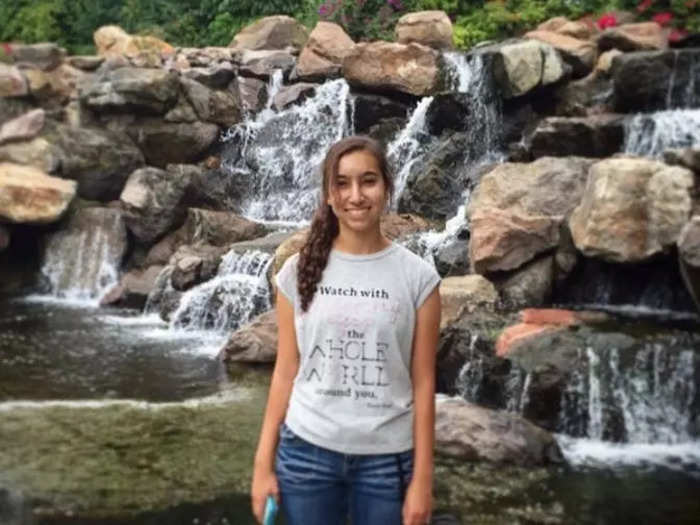
Millions of visitors flock to Hawaii every year, and they make quite an impact on the islands — both positively and negatively.
I've seen visitors toss out their trash on hiking trails, but I've also seen others participate in beach cleanups.
So for those planning trips to Hawaii, I have a few tips to help skew things toward the positive side of the scale.
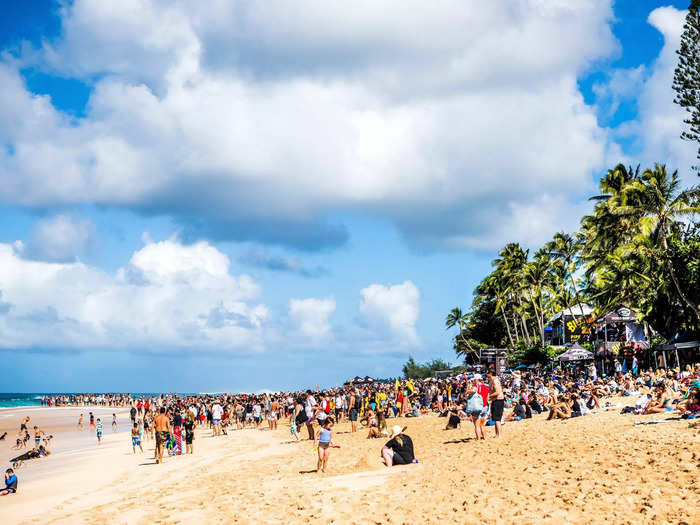
Here are six things that visitors to Hawaii can do to be more responsible and respectful tourists.
1. Learn the difference between "Hawaiian" and "local."
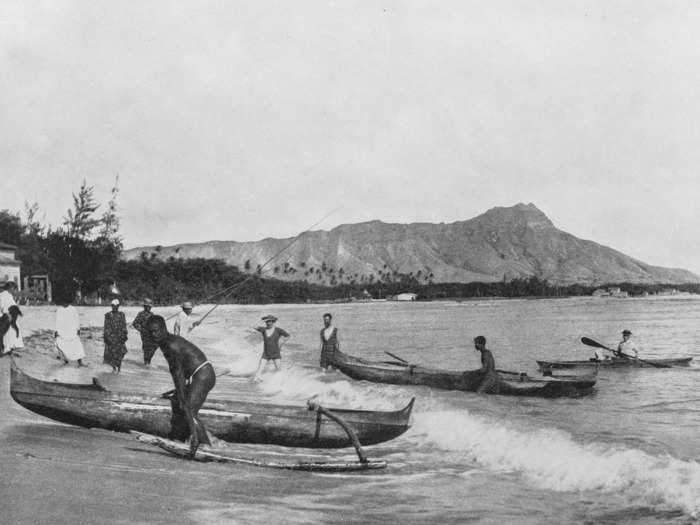
While people from California call themselves "Californians," people from Hawaii don't call themselves "Hawaiian" unless they're native Hawaiian.
For someone who is not native Hawaiian to use the term, it would in a way ignore the important culture, language, and history of the native Hawaiian people.
Instead, we use the term "local" to describe someone from Hawaii.
There are, of course, some disagreements and subjectivity on who exactly counts as local — some say the title should only be used for those born in Hawaii, while others think you become a local after living here for a certain number of years.
That said, the term "local" is always more appropriate to use than "Hawaiian" for someone who lives in Hawaii but is not ethnically native Hawaiian.
2. Make time to learn about Hawaiian culture.
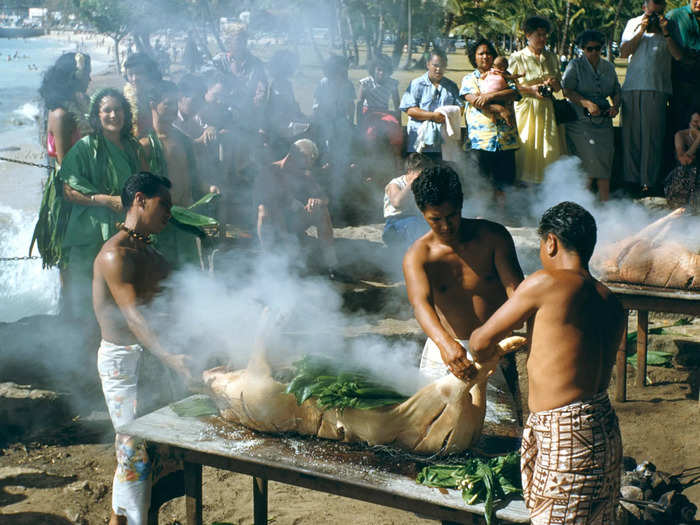
Visitors come to Hawaii for our stunning beaches and beautiful landscape, but they often forget or don't attempt to learn about Hawaiian culture.
I think this is a shame, because the Hawaiian people have developed so many beautiful customs and traditions.
One of the coolest and easiest ways I think tourists can experience Hawaiian culture is through the food. Kalua pig, lomi lomi salmon, poi, and lau lau are just the start of the gastro offerings you'll find on the islands.
While many people head to luaus — a Hawaiian feast of sorts, often thrown by hotels or dedicated luau companies — for Hawaiian food, it's pretty hit or miss with whether or not these luaus actually serve traditional Hawaiian food.
Instead, I recommend dining at a traditional Hawaiian restaurant. Helena's Hawaiian Food in Honolulu, Kaaloa's Super J's Authentic Hawaiian in Kona, and Waiahole Poi Factory in Kaneohe are among some of my favorites.
3. Use reef-safe sunscreen.
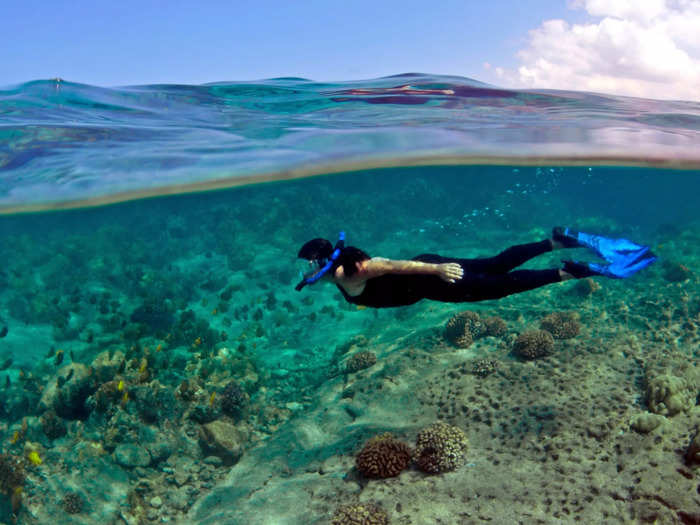
Sunscreen is a must in Hawaii, but not all tourists are aware of the correct type to use if they're planning on going into the ocean.
Chemical sunscreen has been proven to be very harmful to marine life. It can bleach coral and deform sea urchin larvae, among other things.
Instead, visitors can protect their skin and the local marine life by using reef-safe sunscreens, which are zinc oxide-heavy sunscreens that have minimal negative impacts on undersea creatures.
It's a simple switch that can make a big difference.
4. Research hikes in advance.
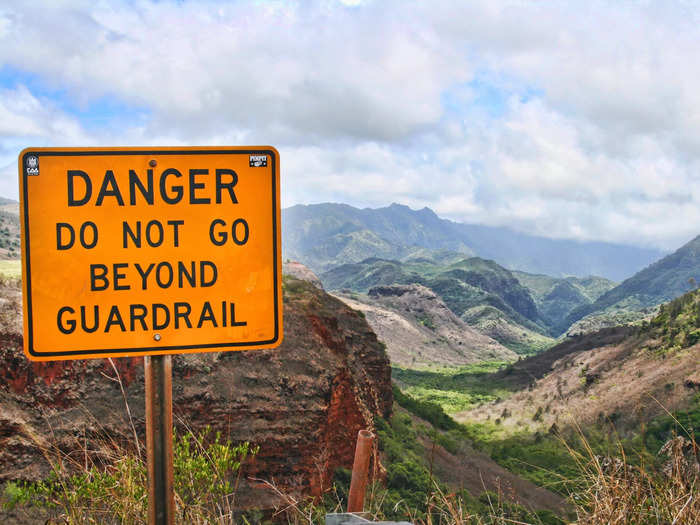
One of the biggest mistakes that tourists make when visiting Hawaii is not researching their hikes in advance.
Many of our hikes have hidden trailheads, unclear turns, and flash flood warnings, so when visitors don't research for precautions, it can end up putting them in danger.
On Kauai, the island most popular with hikers and home to the most hiking trails, rescues are a common occurrence — within just the first two months of 2022, 13 people needed rescuing.
Many rescues are only possible by helicopter, which means other people then have to put their lives on the line for mistakes that could've been avoided with a bit of prior research.
To be more prepared, do your research before picking a hike — I like to read up on different hikes on Honolulu Magazine's website, AllTrails, and HawaiiFunshine.
Here, you can find articles on many Hawaii hikes that detail the hard parts, the potentially dangerous parts, and other advisories.
I usually screenshot a few of the most helpful notes to reference later, in case I don't have cell service on the hike.
5. Give animals their space.
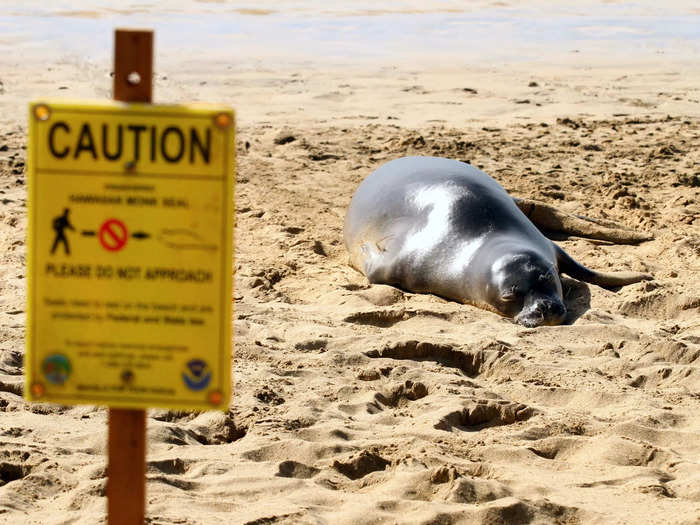
In the past couple of years, there have been quite a few viral videos of people mistreating endangered Hawaiian animals.
Whether it's slapping a monk seal or grabbing a Hawaiian green sea turtle, it's unacceptable behavior that's beyond cruel and harmful to the animals, and also dangerous for the person.
Instead, just give animals their space. Regardless of how cute you think they are to get a photo with, remember they're wild animals.
You don't want anybody in your bubble, and they don't want anybody in theirs, either.
As if that weren't enough motivation on its own, the State of Hawaii also issues some major consequences for people who don't leave the animals alone — including up to $100,000 in fines and one year in prison.
So stay safe and enjoy these animals from a distance.
6. Respect the power of the ocean.
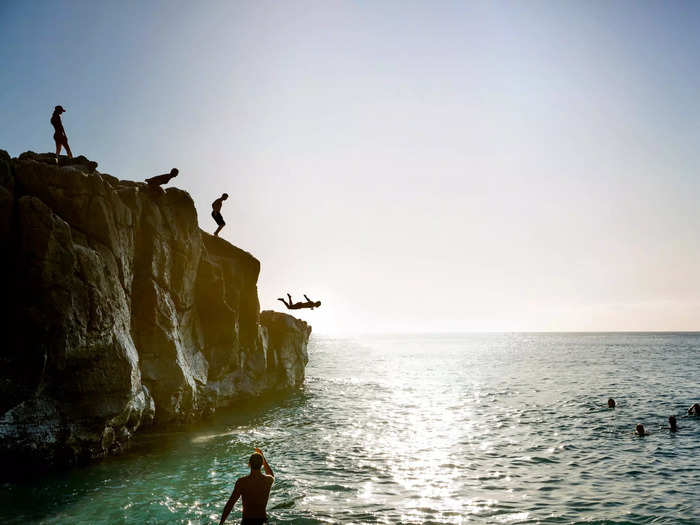
Many visitors to Hawaii don't seem to understand how powerful the ocean is.
I see people putting themselves in harm's way all the time, whether by swimming in choppy waters or taking pictures at the edge of steep ocean cliffs.
The most all-encompassing tip I can share for this is to not overestimate your abilities.
Big waves, sneaky rip currents, and sharp rocks aren't easy for anyone to navigate, let alone people who aren't great swimmers or aren't familiar with a specific beach.
Instead, err on the side of caution and keep an eye out for warning signs.
Despite all of the warnings, the ocean can still be wonderful — as long as you understand and respect it.
I believe visitors to Hawaii can greatly change their impact on the islands by following these guidelines.
While seemingly simple, these are meaningful actions tourists can take to lessen their negative effects, encourage positive experiences, and help keep Hawaii a beautiful place to live and visit for years to come.
Better Me tips for sustainable livingSlide through the following cards to read more expert advice on sustainable living. Then check out the rest of the stories from Insider's Better Me series.
Popular Right Now
Popular Keywords
Advertisement